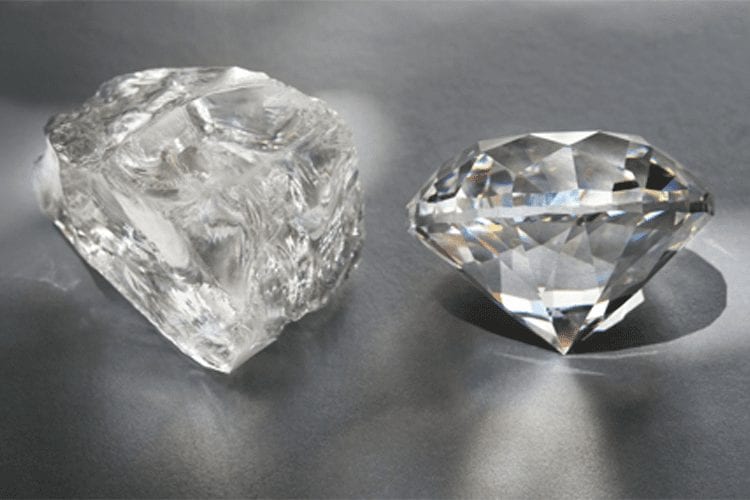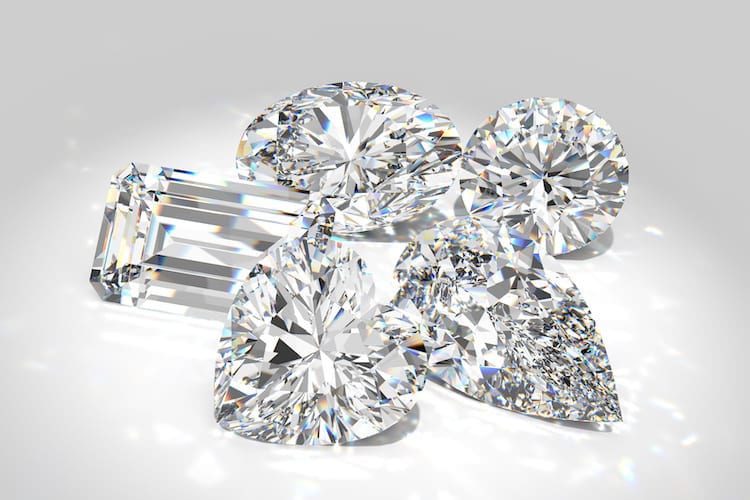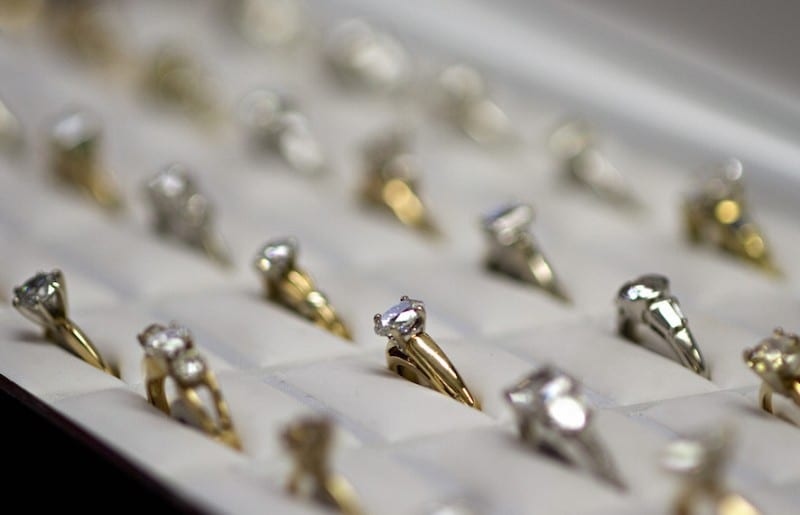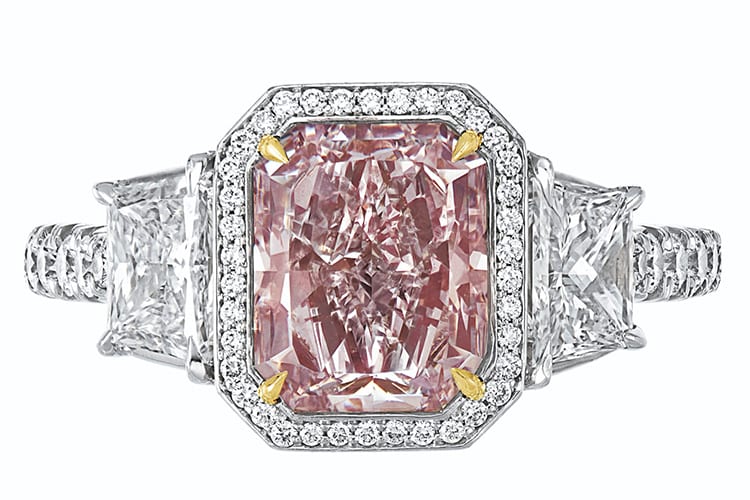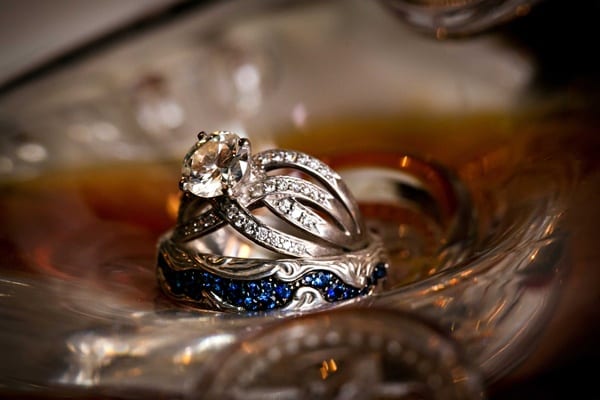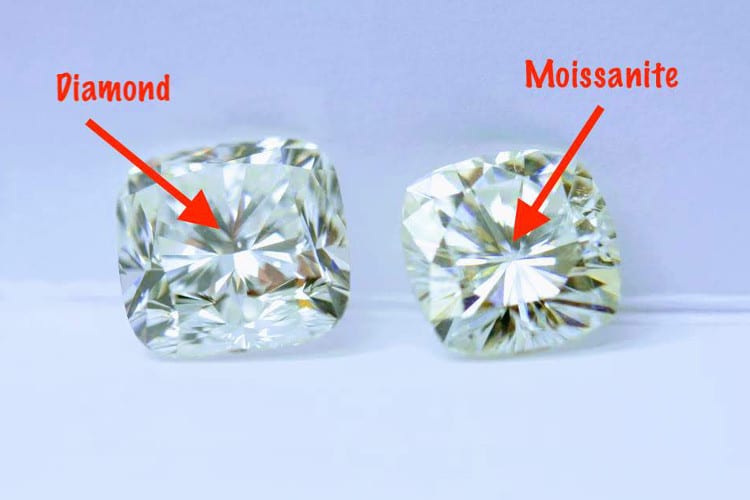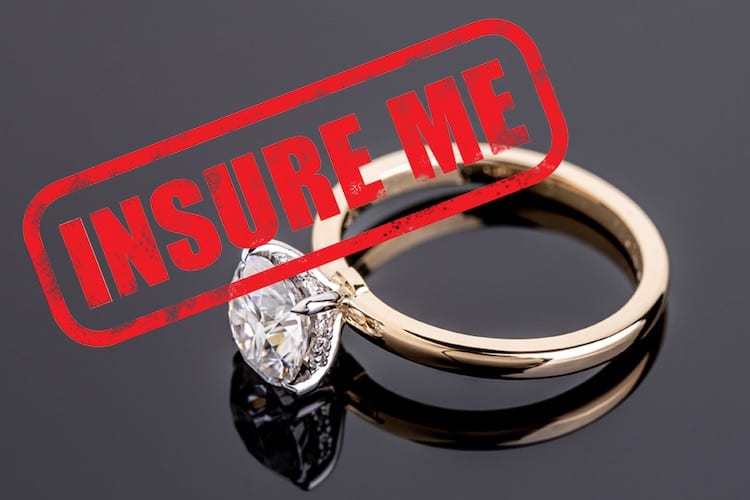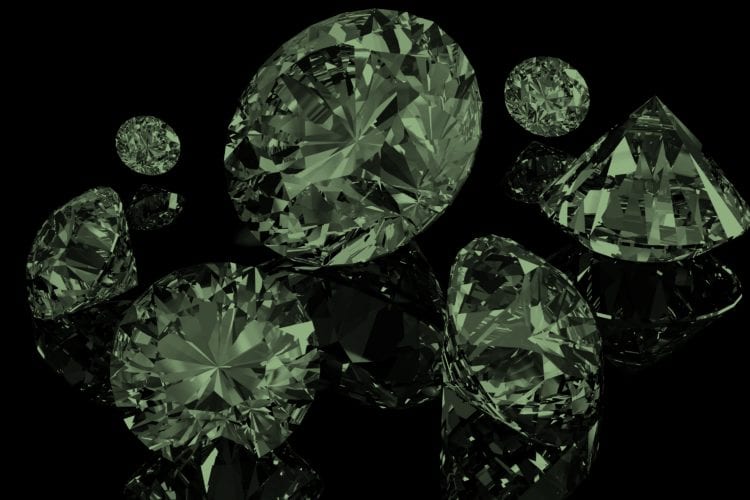
The third “C” you have to think about when buying a ring is Clarity.
Clarity is a measure of imperfections–imperfections on the surface of the stone (known as “blemishes”) and in its interior. In the lingo of the diamond business, these interior imperfections are called “inclusions.”
In real life, inclusiveness is a good thing. Everyone wants to be included.
But diamonds are like the mean girls in high school: their power rests on their exclusivity.
Inclusions happen when some other element gets mixed into the carbon as it is crystallizing. Inclusions are a diamond’s enemy, lowering its value—even when the flaw is tiny.
This is where it gets confusing, because —except in the most extreme cases—inclusions can’t be seen with the naked eye.
You might ask why, when you are forking over at least two months salary to buy a ring whose effect is 100% visual, should you care about flaws nobody can see?
A valid point, but a useless one. Diamond sellers care about inclusions. Fiancés care about inclusions. Both the person you’re buying from and the person you’re buying for will be looking for inclusions. So you need to care about them.
You waited this long to find “the one” — the ring deserves equal scrutiny. At James Allen and Blue Nile, you can view diamonds from all angles — 360 degree rotation — to see how different “clarity” grades really look.
As we explained in this article, the GIA rates a stone’s clarity from “flawless” to “imperfect.” A professional diamond grader will look at the stone under 10x magnification, and pass judgment according to the following criteria:
Flawless (FL): The cream of the crop. No blemishes or inclusions can be detected.
Internally Flawless (IF): No inclusions, but a few insignificant blemishes.
Very, Very Slightly Included (VVS1, VVS2): Incredibly small inclusions that even the grader has difficulty finding.
Very Slightly Included (VS1, VS2): Minor inclusions that a skilled grader will be able to see with a little searching.
Slightly Included (SI1, SI2): Inclusions which are easy to see under magnification.
Included (I1, I2, I3): A trained grader will see these inclusions immediately under magnification. Sometimes they can be seen with the naked eye, and can have a bad effect on the stone’s durability and beauty.
Imperfect: a number of inclusions that are visible without magnification.
You get the idea. Don’t bother memorizing the above categories, just try to remember the takeaway.
A stone’s clarity is a point on a range. “Flawless” and expensive is on one end of the range, and “included” and less expensive on the other. You need to find the place on that range where you are comfortable.








